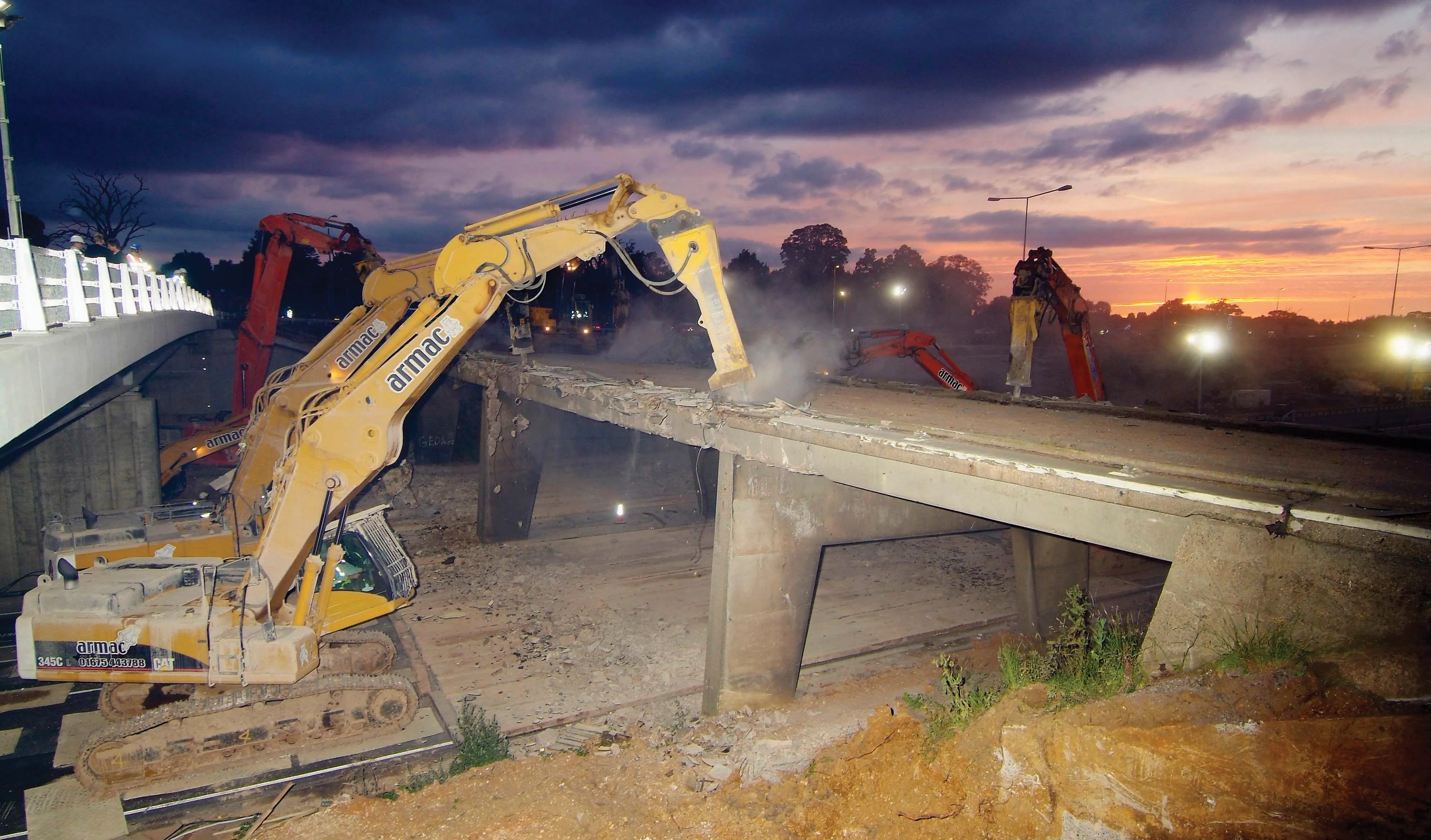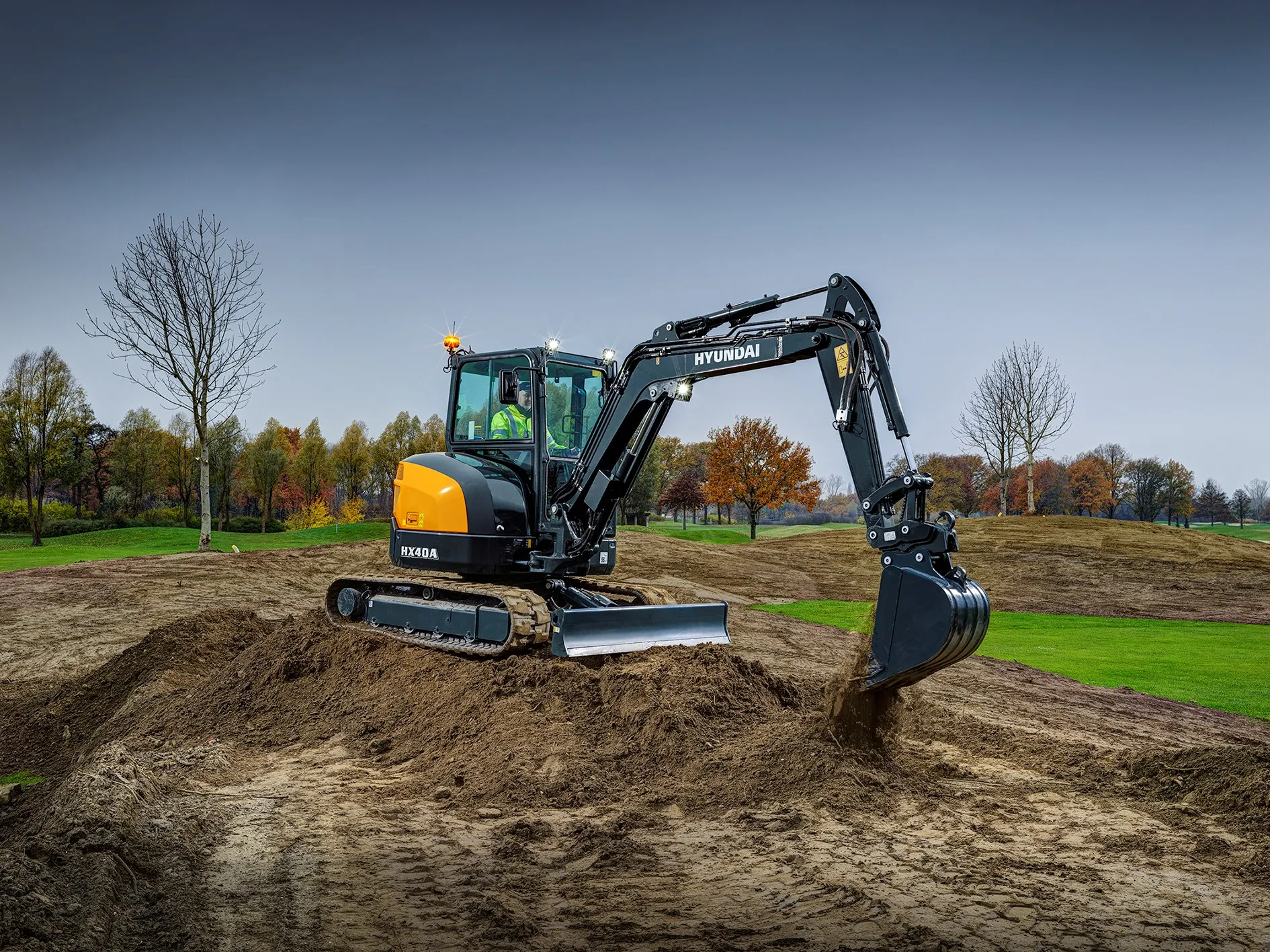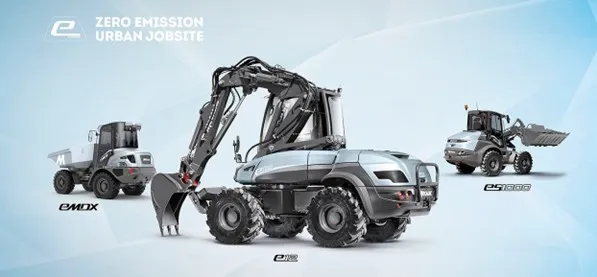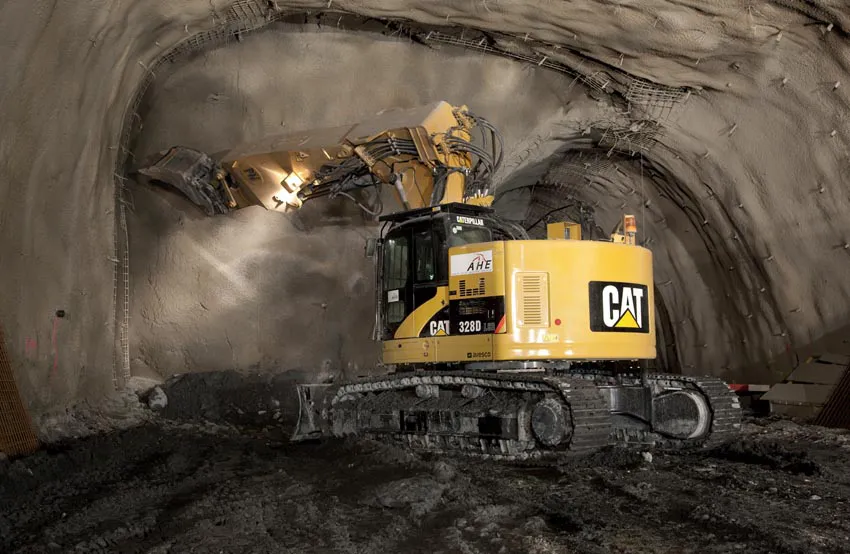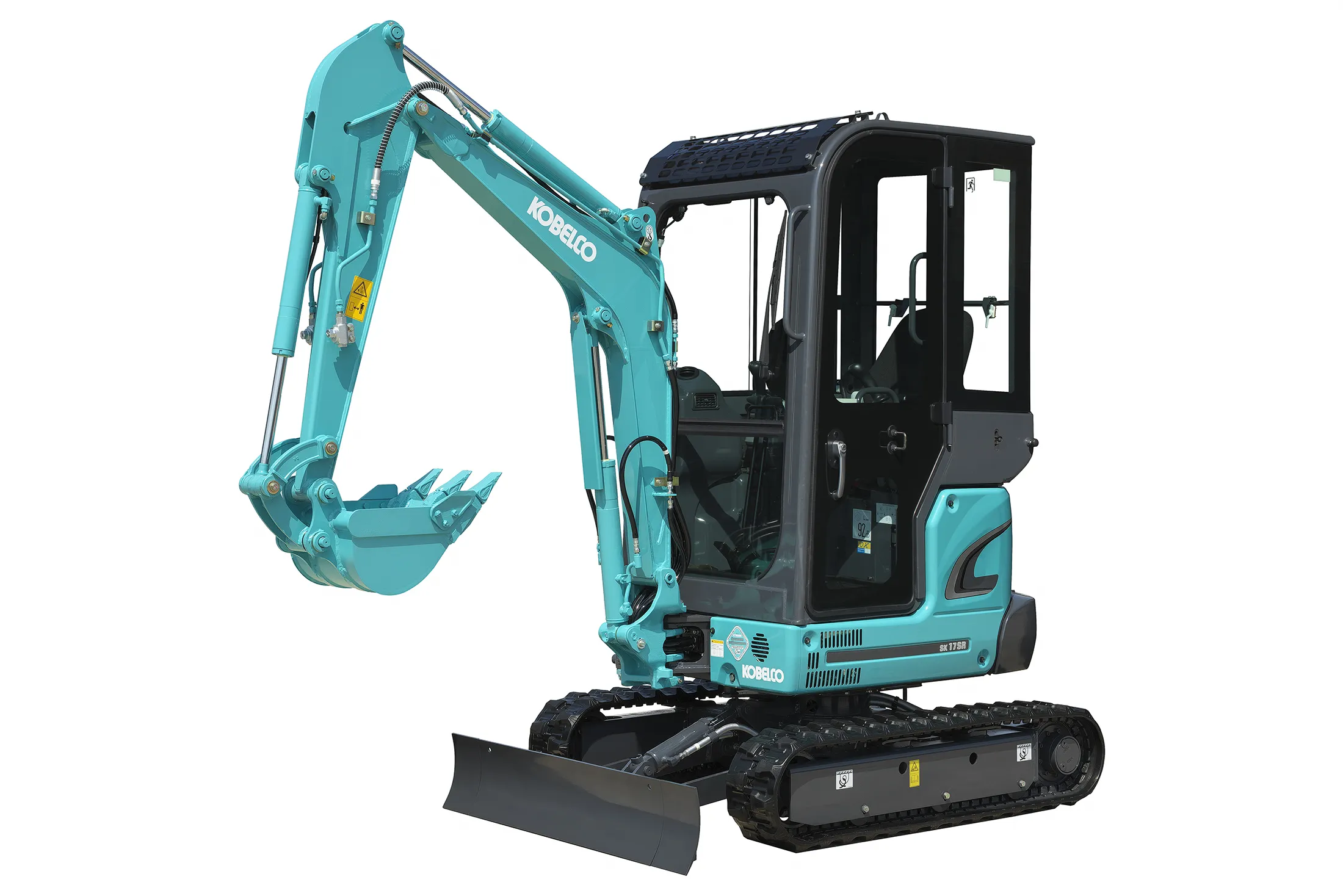
Kobelco says that it has upgraded one of its already best-selling mini excavators, the SK17SR-3E, for added operator comfort and machine performance.
Kobelco, well-known for its excavator line-up from 1 tonne to 90 tonnes, said its “particularly dedicated” to the development of its mini excavator series. Such is the case with the SK17SR-3E mini excavator, which has just been re-launched with a number of new features and important design improvements.
“When developing our mini excavators, a key focus for us is to ensure that performance is not compromised by the machine’s small size,” said Peter Stuijt, product manager with Kobelco. “In the case of the SK17SR-3E, the machine is not only competitive in terms of arm crowding force at 8.7kN and bucket digging force at 15.2kN, but its newly designed and comfortable interior also makes it particularly attractive to operators.”
Mini excavators are frequently used for landscaping, utilities and small construction or industrial projects and operators can often find themselves working long hours inside the cabin. With this in mind, the Kobelco SK17SR-3E’s working environment has been significantly upgraded with a deluxe Grammar-branded reclining seat to improve operator comfort. Wrist rests instead of arm rests have also been integrated to further reduce operator fatigue. All switches inside the cab are back-lit and, for enhanced external visibility, LED working lights have been installed on the boom as standard.
The machine’s zero tail swing on the canopy version or short tail swing as found on the cabin version, provide excellent accessibility when working next to walls or digging close to ditches. The SK17SR-3E can swing through 180° within a width of just 2m, making for a small operating footprint.
The SK17SR-3E’s retractable crawlers, to 990mm, provide additional accessibility on confined job sites and allow the machine to pass through spaces as narrow as 1m. When extended to 1,320mm, the crawlers offer improved stability during operation.
Kobelco says that when it comes to durability, the SK17SR-3E features a forged boom top and bolt-tightened pins and a boom cylinder guard. These protect the cylinder from damage while the machine is being operated. Also for protection, the machine’s hydraulic hoses are housed within thick cast-iron swing bracket for additional durability.
As part of Kobelco’s commitment to reducing its environmental footprint, the SK17SR-3E is now Stage V compliant.


